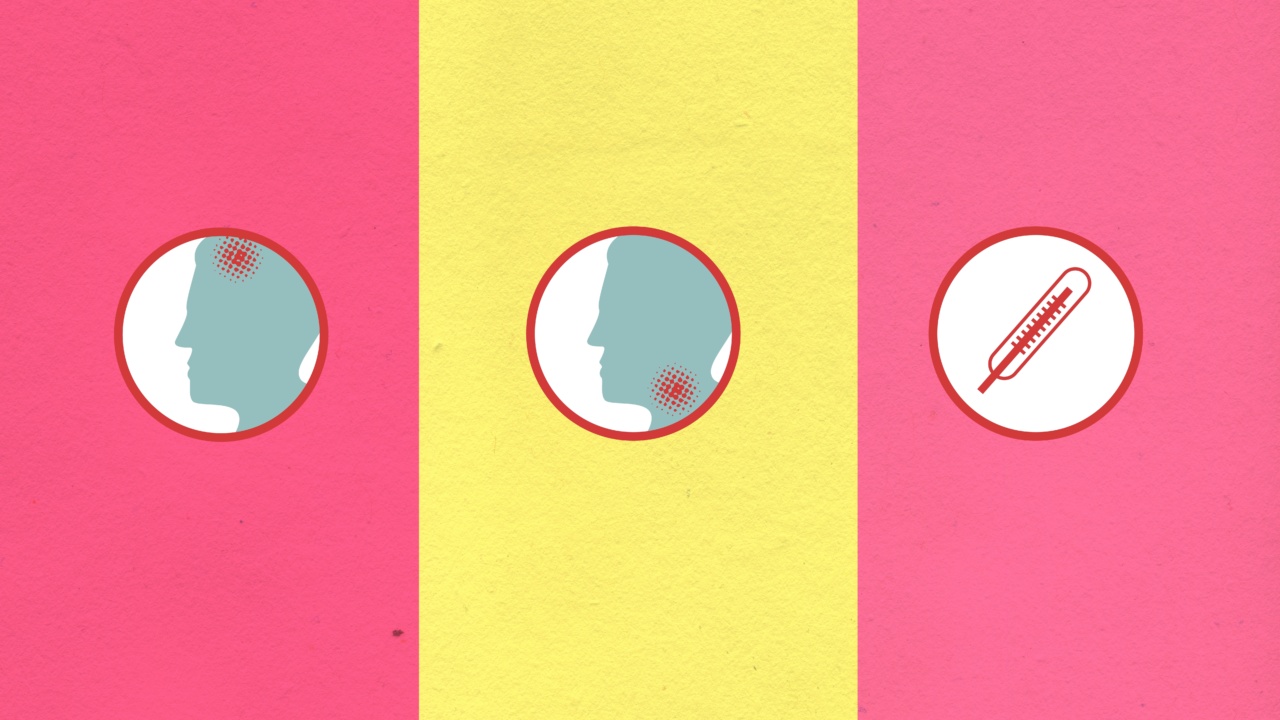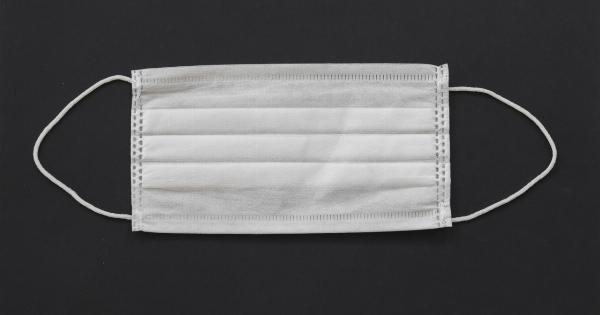When it comes to attending training sessions, whether they are for work or personal development, it’s important to consider your health and the health of others.
A sore throat and cough can be symptoms of various illnesses, and it’s essential to take appropriate measures to prevent the spread of any infections. In this article, we will explore whether you should attend training with a sore throat and cough and what precautions you can take.
Understanding the Importance of Personal Health
Before deciding whether to attend training with a sore throat and cough, it’s crucial to prioritize your health.
Training sessions often involve close interactions with other participants, and if you have an infectious condition, it can potentially harm others. Furthermore, attending training while being unwell might hinder your ability to concentrate and retain information effectively. Therefore, it is recommended to consider your overall well-being before making a decision.
Evaluating the Severity of Symptoms
The severity of your sore throat and cough is an essential factor in determining whether you should attend training. If your symptoms are mild and you feel generally well otherwise, it might be possible to attend while taking preventive measures.
However, if you are experiencing severe throat pain, persistent coughing, or other severe symptoms, it’s advisable to consult a healthcare professional and avoid attending training until you have recovered.
Preventing the Spread of Infection
If you decide to attend training with mild symptoms, it’s crucial to take precautions to prevent the spread of infection. Firstly, always cover your mouth and nose with a tissue or your elbow when sneezing or coughing.
Avoid touching your face, as this can transfer germs from your hands to your respiratory system. Additionally, practicing good hand hygiene, such as frequently washing your hands with soap and water or using hand sanitizer, is essential in reducing the risk of spreading infection.
Considering Remote Training Options
In situations where you have a sore throat and cough but still want to attend training, consider exploring remote training options if available.
Many organizations now offer online or virtual training sessions, which can be a convenient alternative when you’re unwell. By participating remotely, you not only protect others from potential infections but also give yourself the opportunity to rest and recover without missing out on valuable learning opportunities.
Communicating with Trainers and Organizers
If you decide to attend training despite your symptoms, it’s essential to communicate your situation with the trainers or organizers.
Informing them about your condition allows them to take necessary precautions and make necessary arrangements that prioritize the health and well-being of all participants. They might offer alternative options or reschedule the training session for you to attend when you have fully recovered.
Taking Rest and Seeking Medical Advice
While attending training sessions can be important, it’s equally crucial to prioritize your health and take the necessary rest to recover from your illness.
If your sore throat and cough persist or worsen, it’s advisable to seek medical advice. A healthcare professional will be able to accurately diagnose your condition and provide suitable treatment recommendations. It’s important not to ignore persistent symptoms and prioritize your overall well-being.
Conclusion
In conclusion, attending training with a sore throat and cough should be carefully considered to ensure the well-being of both yourself and others.
It is important to prioritize personal health, evaluate the severity of your symptoms, and take appropriate preventive measures to avoid the spread of infection. If possible, explore remote training options and communicate openly with trainers or organizers about your condition. Ultimately, seeking medical advice and taking rest are key factors in recovering from your illness.
By considering these aspects, you can make an informed decision regarding attending training while experiencing a sore throat and cough.




























